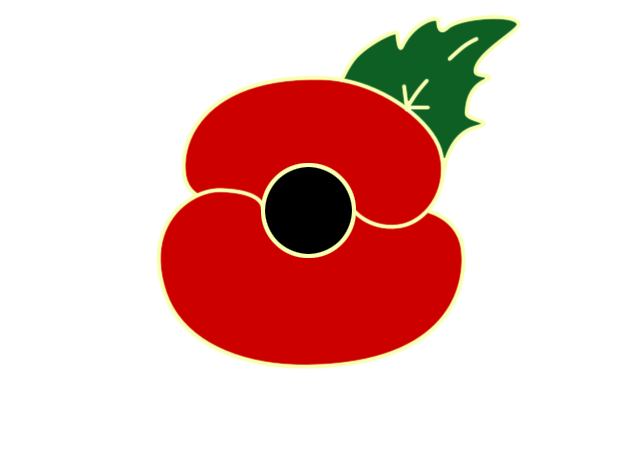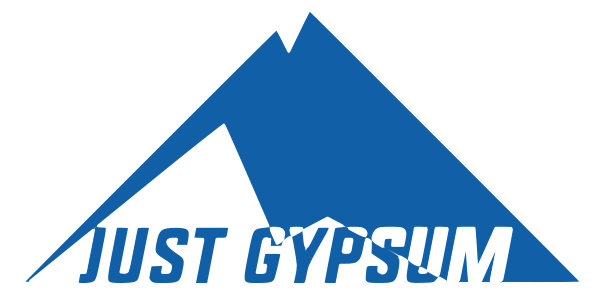Coving cutting and fixing
Cutting and mitring coving The length of coving should be measured on the wall line and mitres should be cut, preferably in a mitre box. Joints of 3 mm cut at an angle should be allowed straight lengths. They should be cut at angles because it is easier to hide the joint on internal and external angles. If mitres are cut accurately, it means that you do not have to do much making good. A cove mitre box, a paper template, a plastic mitre and a metal mitre template are all pieces of equipment used to cut along coving. Once a fine toothed saw has been used to cut the coving, the cut edge should then be sanded down with fine sandpaper. The cut coving should be placed in to position to make sure that it is all correct before being fixed. If the corner is not square, it will need finishing with additional material and PVA can be added to the cut end of the coving to prevent the finishing material setting too quickly. Fixing coving The joists on the ceiling need to be found and marked on the ceiling before the coving gets fixed with nails or screws. Special mixtures are available from manufacturers. The mix should be quite thick and should be spread 3 mm thick along the bedding edge on the back of the coving. It can then be pushed into position until solid.Galvanised screw or nails can be used at both ends of the coving and also in the middle. The screws/nails should be tight enough to mark the paper but should not go through it. Joints should be pushed against each other. If too much joint filler is used, it should be wiped off while it is still soft and nail/screw holes should be filled with the same mix. Any material that set onto the coving can be sanded off with sand paper or wiped away with a damp cloth.


